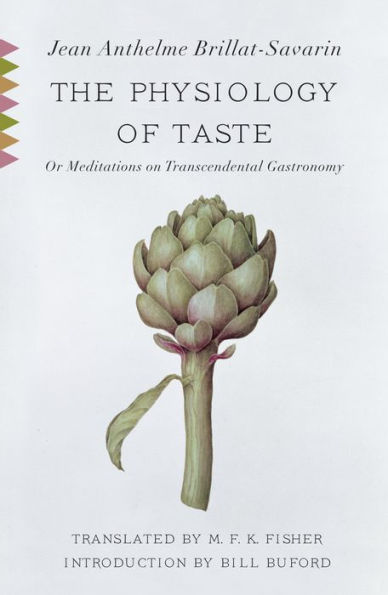5
1

The Physiology of Taste: Or Meditations on Transcendental Gastronomy with Recipes
504
The Physiology of Taste: Or Meditations on Transcendental Gastronomy with Recipes
504Related collections and offers
10.99
In Stock

Product Details
| ISBN-13: | 9780307593832 |
|---|---|
| Publisher: | Knopf Doubleday Publishing Group |
| Publication date: | 10/06/2009 |
| Series: | Vintage Classics |
| Sold by: | Random House |
| Format: | eBook |
| Pages: | 504 |
| Sales rank: | 649,037 |
| File size: | 2 MB |
About the Author
From the B&N Reads Blog
